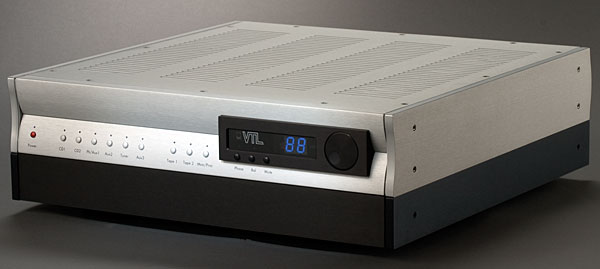| Columns Retired Columns & Blogs |
Mr. Kaplan, I enjoy your writing, both here and on Slate. This was a fun review to read, although the VTL is above my pay grade (I'm no Trump or Putin). Through your words I was able to imagine myself in your listening space, hearing what you were hearing. I most enjoyed your last paragraph. I've often read audio reviewers compare our hobby with others, like buying fancy watches or cars, but you beautifully expressed the real joy of music listening through good equipment; that it can take us a trip like no other mode of transportation. Well done.






































